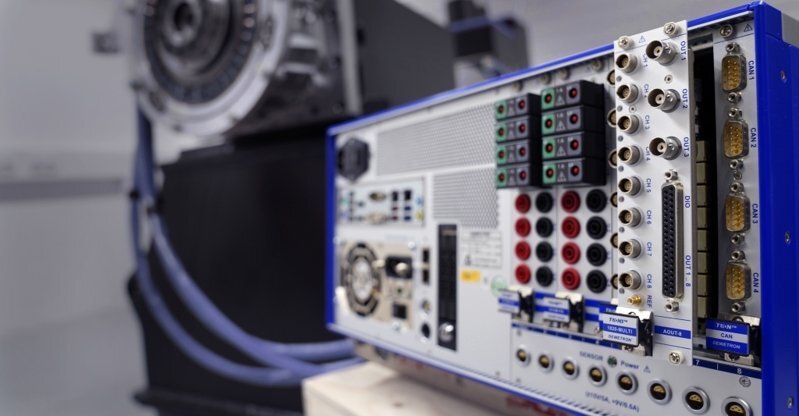How to design a Test bench ?
Frankly speaking, there is no universal solution for the design of the test-bed. The design and components of the test bench are very different, and must be selected according to the industry, DUT, or even more specifically according to the test type.

However, the following are sample components in some typical test platforms:
The driver simulates the power and movement of the real world. For example: hydraulic cylinder, electric motor, or pneumatic actuator
Sensor for measuring various physical parameters. For example: temperature sensor, strain gauge, flowmeter
Manage and adjust the operation of the test bench. Example: programmable logic controller (plc), microcontroller
The data acquisition system is used to record data from sensors and process them in real time.
Power supply and distribution units (pdus) provide and distribute energy (especially important in electronic and electrical testing).
Environmental control and/or cooling system to obtain the required operating conditions.
Install the system to safely position and secure the DUT.
Various software:
control software
Acquisition software
Simulation software (e.g. simulating real world conditions)
Documentation software, etc.
To reiterate, the components mentioned above are intended to illustrate what can be included in the test platform. The specific components depend on the nature of the test, whether it is for mechanical, electrical, electronic, or software systems. In short, test platforms are highly customizable to meet the unique requirements of each test scenario, making them a common tool for research, development and quality assurance in various industries.



